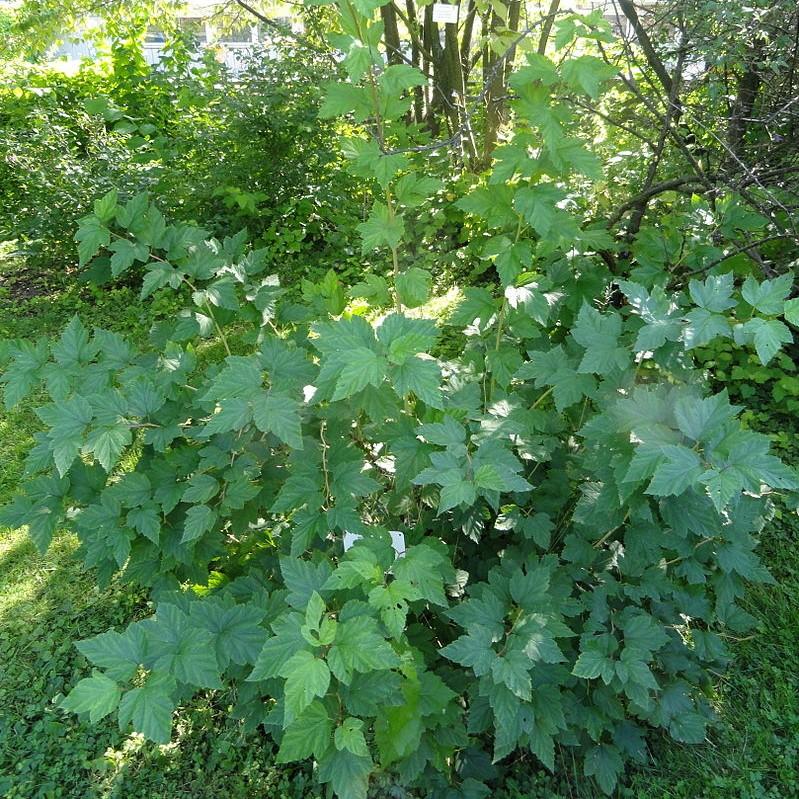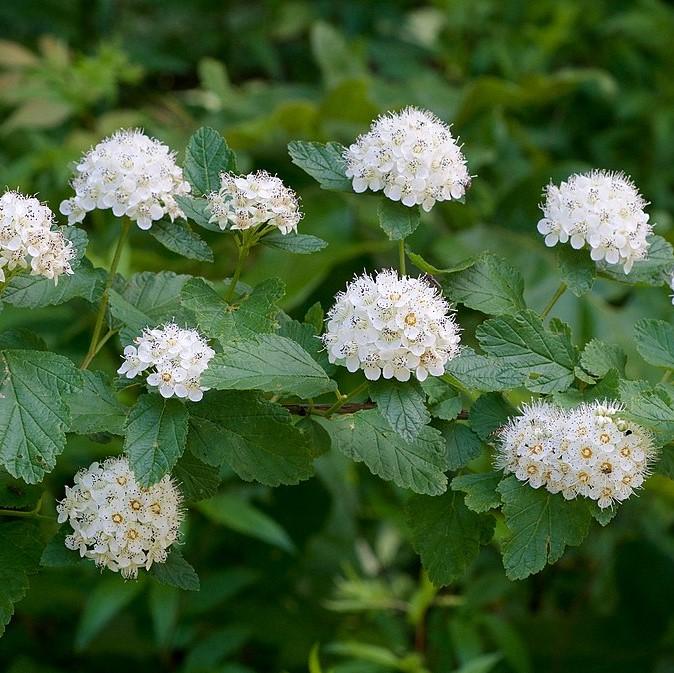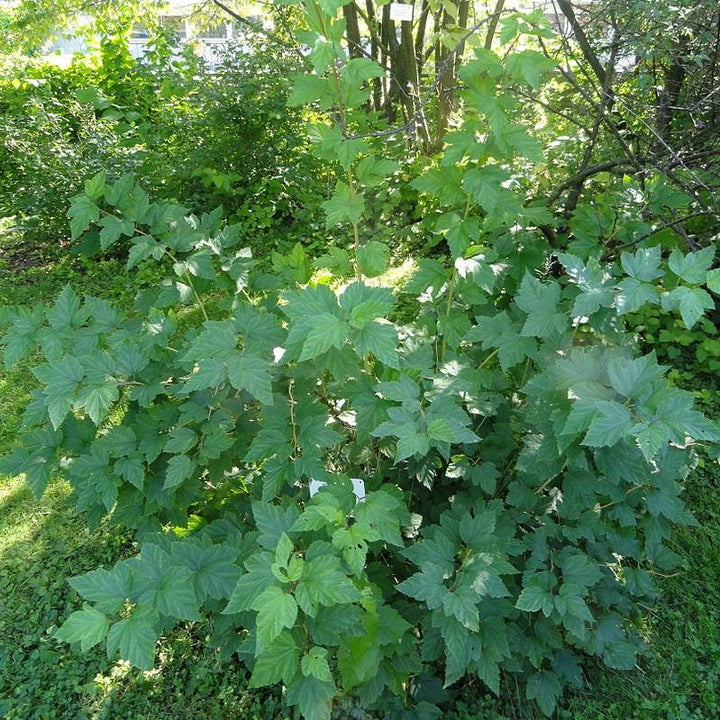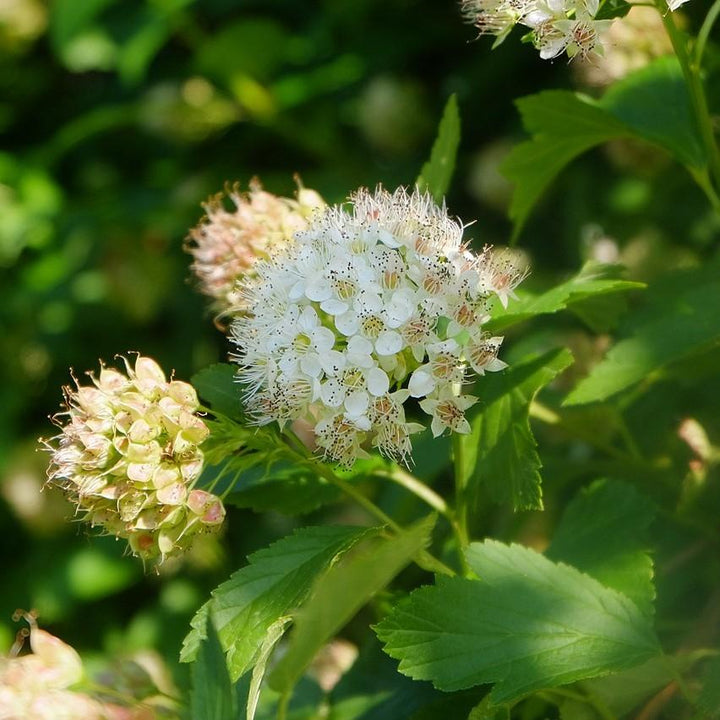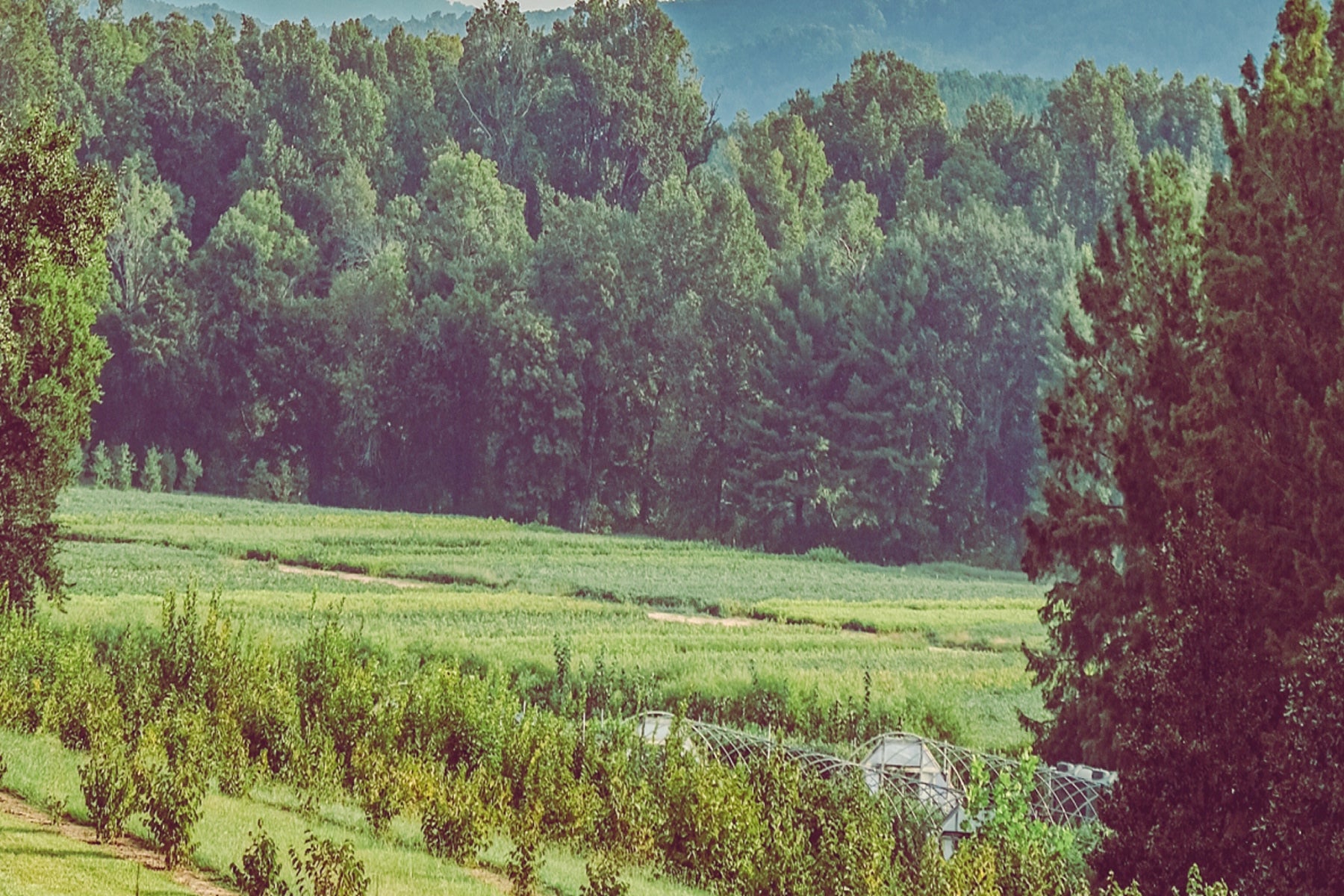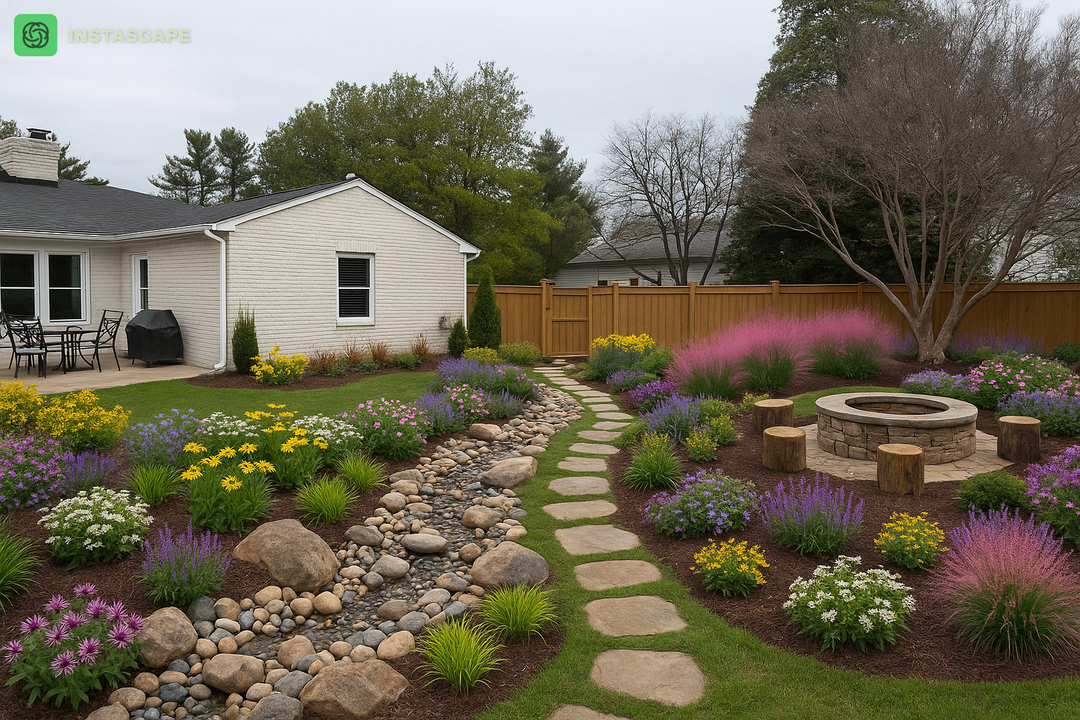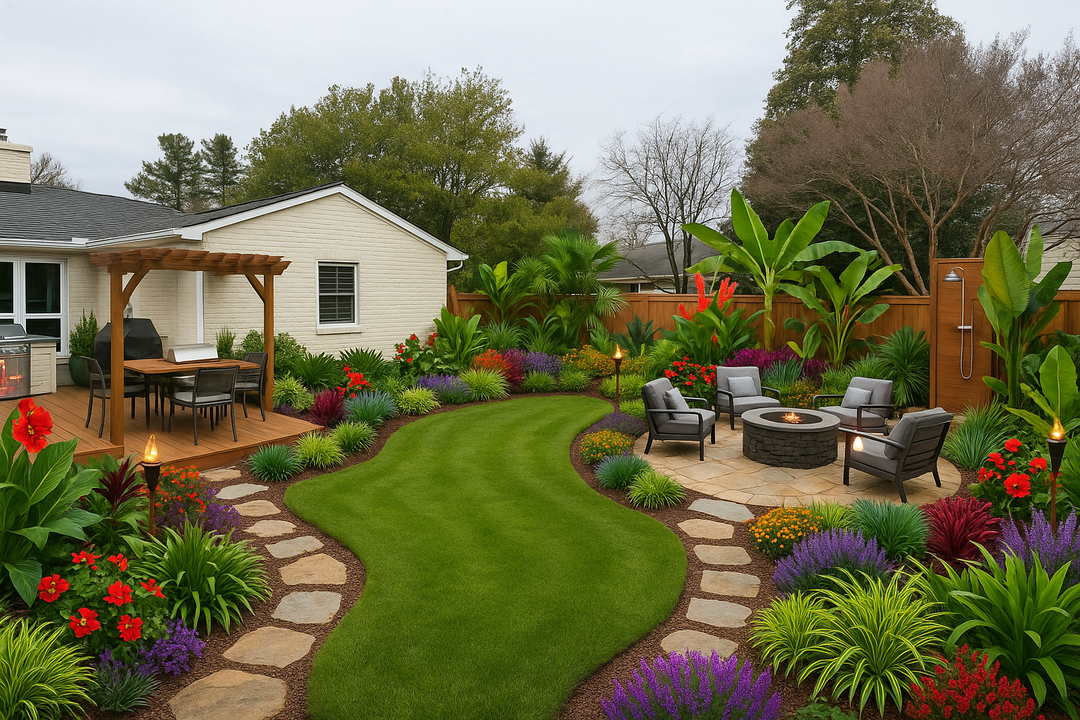Atlantic Ninebark is an upright-spreading native deciduous shrub with exfoliating bark on mature branches that strips back in several layers. The dull green lobed foliage turns an undistinguished yellow in fall. Dense clusters of small white or pink flowers bloom in late spring into summer and are followed by drooping clusters of red seed capsules. Grows best with afternoon shade in the South and dry to medium well-drained acidic soil.
|
Type: |
|
|
Origins: |
East N. America; GA Native |
|
Height: |
5’ - 8’ |
|
Spread: |
4’ - 6' |
|
Spacing: |
5’ |
|
USDA Hardiness Zone: |
2 - 8 |
|
Culture: |
|
|
Bloom Color: |
White/Pink |
|
Season of Interest: |
MAINTENANCE NEEDS: Low Maintenance. No serious pests or diseases. Fireblight and leaf spot may occur. Prune immediately after flowering.
LANDSCAPE USES: Accents or Group Plantings, Borders, Woodland Gardens, Native Gardens, Hedges, and Containers.
COMPANION PLANTS: Boxwood, Weigela, Spirea
IMGAES: Eric Hunt , Physocarpus opulifolius Arkansas, CC BY-SA 4.0, (2) Katrin Schneider, korina.info – CC-BY-SA-4.0, Korina 2017-06-04 Physocarpus opulifolius 6, CC BY-SA 4.0, (3) Katrin Schneider, korina.info – CC-BY-SA-4.0, Korina 2017-06-04 Physocarpus opulifolius 1, CC BY-SA 4.0, (4) Katrin Schneider, korina.info – CC-BY-SA-4.0, Korina 2010-06-23 Physocarpus opulifolius 2, CC BY-SA 4.0, (5) Joanna Boisse, Atlas roslin pl Pęcherznica kalinolistna 4680 7569, CC BY-SA 4.0
*As plants have ranges in appearance they may not appear as the images shown.

















































